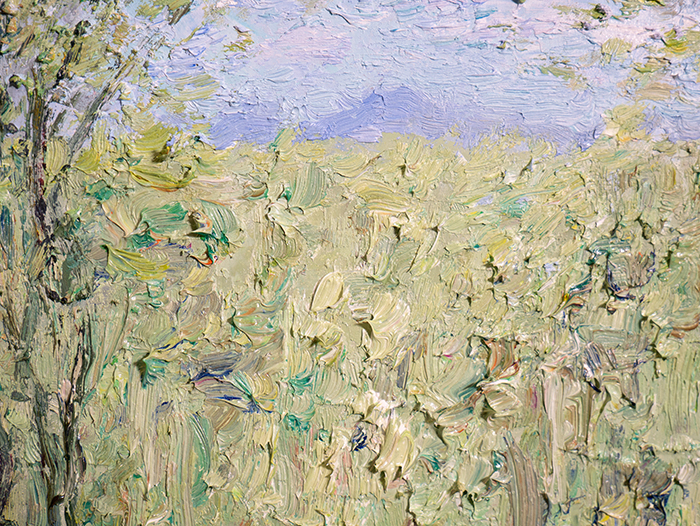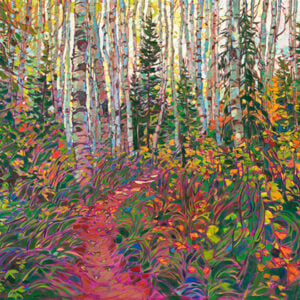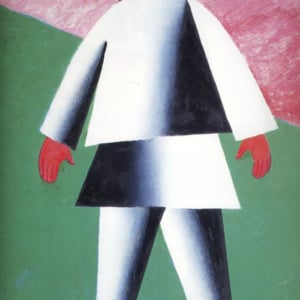I recently put the finishing touches on my new painting, Maryvale, Cows (see below). I painted from this photo taken last year at Maryvale, Queensland. It was Chontele’s 30th and we stayed in this beautiful cabin in the hinterlands. As we were leaving for home, I remember asking Chontele to stop the car so I could take some reference photos. When inspiration strikes, you must be willing to take action!

This painting is a great demonstration of different techniques working together in harmony. I did anything necessary to get the desired marks on the surface. Scratching, flicking, dabbing, poking, scumbling… Below are some of the techniques I used in detail.
Dry brush over thick, textured paint: By the later stages of the painting, the paint on the surface was thick and almost dry. I loaded a brush with paint (no added solvent or medium) and, with a relaxed hand, dragged the brush over the thick texture. Paint would only hit the high points of the texture, creating all kinds of interesting marks and patterns. In the image below, see the white in the circled area. This was from one stroke.

Palette knife strokes over dry brushwork: Similar to the above technique. With a loaded palette knife, I gently dragged the knife over the surface. The result is brasher than what you get with a brush.

Dry, gummy paint: I stumbled across this technique as a result of my lazy cleanup processes. The paint on my palette dried overnight between sessions, leaving it in this thick, gummy consistency. This paint worked perfectly for thick, multicolored strokes that don’t easily mix together.
I read that Nicolai Fechin also enjoyed working with slightly dry, gummy paint. Here’s an extract from artist Michael Johnson’s website:
“Fechin didn’t have access to Claybord, but he made his own absorbent ground out of casein. The casein absorbed enough oil so that the paint “set up” quickly, allowing succeeding strokes to have a dry-brush appearance. Also, in the process of preparing his palette, Fechin would squeeze paint out on newspaper first. The paper absorbed a lot of the oil.”
In the photo below, you can see where I have built up layer upon layer of this thick, gummy paint and how the colors remain distinct and unmixed.

Tip: There is no single or best way to do things. Sometimes, even bad practices can make for good painting techniques.


Flick the brush up: I placed a loaded brush on the surface and flicked it upward to suggest long strands of grass and stray branches. This is particularly effective when pushing the lights up into the darks or the darks up into the lights.

Multicolored strokes with brush or palette knife: I picked up several colors with my brush or palette knife and left them partially unmixed. I then made a clean, decisive stroke on the surface. Flat or filbert brushes work best for this. A single multicolored stroke will look like the result of many. You can see these multicolored strokes around the light middle ground, just below the distant mountain. Notice the subtle color variance within a compressed value range (the hue changes but not the value).


Scraping and scratching: You can use the blunt end of your brush, the tip of your palette knife, or even your fingernail for this. I used this technique to suggest strands of grass and intricate tree branches.

If you want to learn more, you should check out my Painting Academy course. I’ll walk you through the time-tested fundamentals of painting. It’s perfect for absolute beginner to intermediate painters.
Happy painting!
Dan Scott
drawpaintacademy.com






